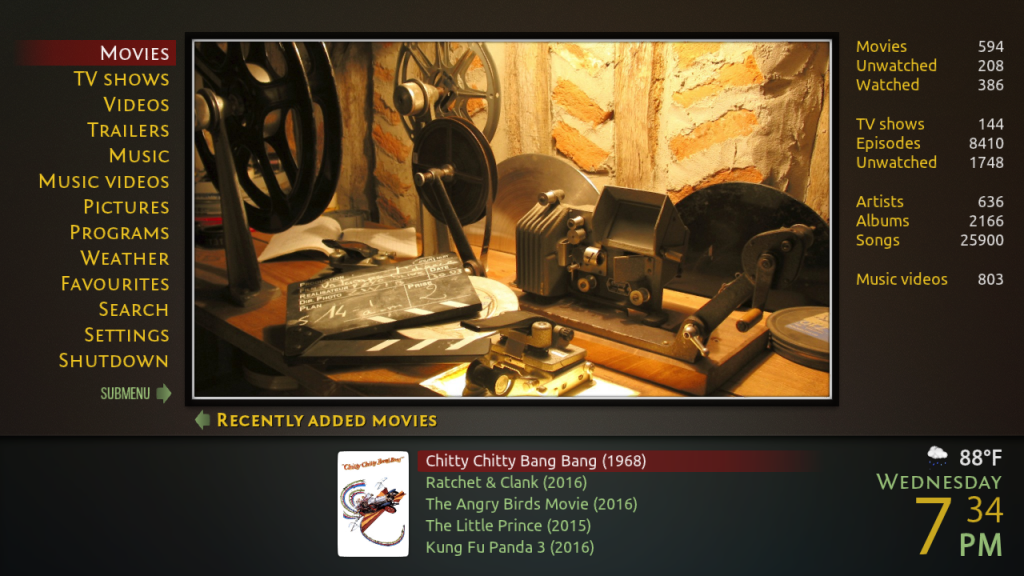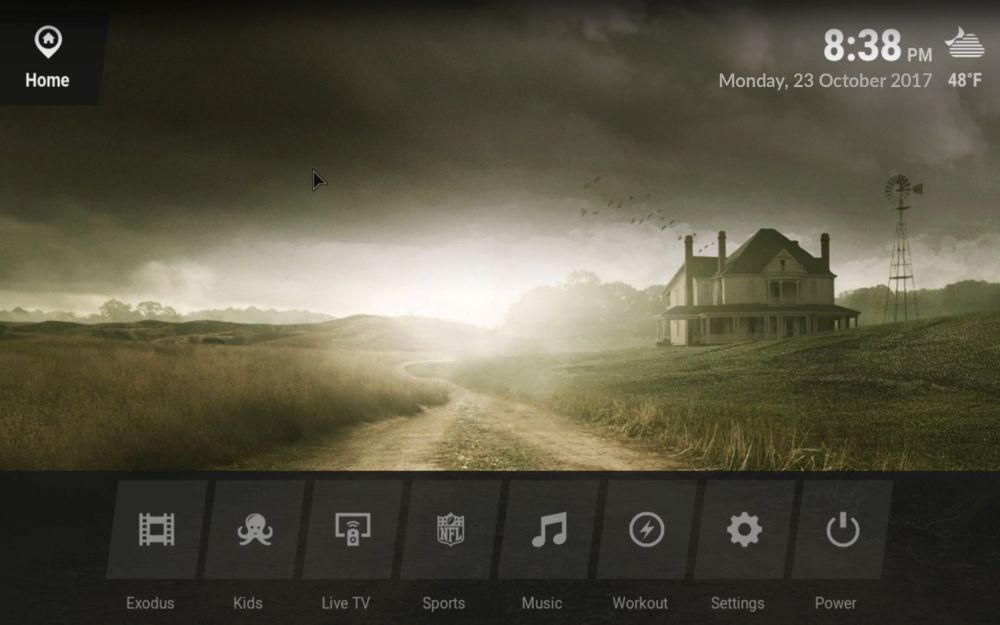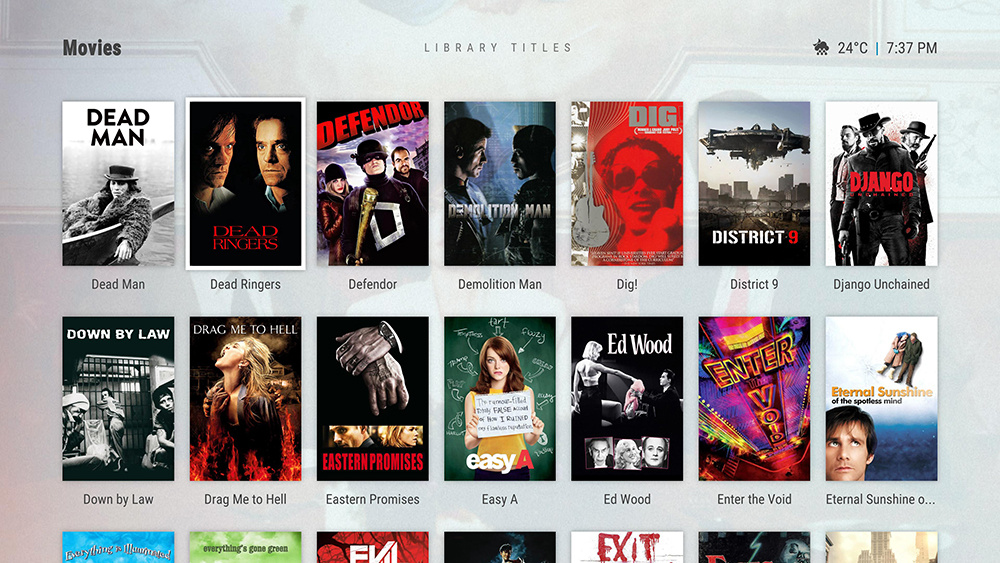

- #Kodi theme simple install
- #Kodi theme simple upgrade
- #Kodi theme simple software
- #Kodi theme simple Bluetooth
- #Kodi theme simple tv
If you don’t use it after the installation, you can disable it at any time.It could be easier for some things we’ll see after.This is enabled by default, and I recommend keeping it like that.You can keep the default value or choose a custom name.
#Kodi theme simple Bluetooth
I used the touchpad from my Bluetooth keyboard and it became easier, or if you have a mouse it should be easier.

Here is an essential step if you want to use Wi-Fi or if you don’t have DHCP.There are several options, but for a first try I think you’ll use an SD card.Choose your device (Raspberry Pi) and model.The installer will guide you through the following steps: If you don’t know, get the installer and follow steps in the next paragraph. If you are using Wi-Fi only or need to set a static IP address, it’s the easiest way to do this. However, the installer allows you to configure a few things, like the network. If you already have Etcher installed on your computer, maybe the image download way will be faster. I’ll explain both methods on the next paragraph. By downloading an image, download the version corresponding to your Raspberry Pi model.With an installer, download the version corresponding to your computer system (Windows or macOS).OSMC offers you two ways to create an SD card : OSMC InstallationĪfter this brief review of the theory, let’s do it! DownloadĪll downloads for the OSMC distribution are available on this page. Kodi is now available directly in the default repository. We’ll use Kodi over OSMC because the main goal of this project is to have a dedicated Raspberry Pi for our media center.īut if you already have a Raspberry Pi on Raspberry Pi OS and want to try Kodi, it’s possible. Kodi allows you to play videos, music and other digital media files from local and network storage media or the Internet. OSMC is the operating system running on the Raspberry Pi (like Windows on a PC).

#Kodi theme simple software
Kodi is the software we’ll use to browse into our media center (like Spotify for music). That’s why I’m writing this short introduction. Most people don’t really know the difference between OSMC and Kodi. In this case, you can skip the next part and go directly to the Kodi guide at the end of this post.
#Kodi theme simple install
If you want to install Kodi on a Raspberry Pi 4, you need to install Raspberry Pi OS or LibreElec. OSMC doesn’t work on Raspberry Pi 4 or 400 for now. It’s a lightweight distribution, easy to install, which will do the job perfectly. OSMC is a free and open-source distribution, dedicated to media center hosting. To create our media center, we’ll use OSMC as our Linux distribution for this project. Linux is an operating system (like Windows or macOS) that you can find in several variants (called distributions). The Raspberry Pi runs mainly Linux distributions.
#Kodi theme simple tv
You can also travel with it, and then use it at home, at your parents’ home or while traveling, with the same content, whatever the TV you’ll find on your way ^^ OSMC
#Kodi theme simple upgrade
Raspberry Pi is the perfect device to turn your old TV into a smart TV or to upgrade your current smart TV with the latest apps for a media center.


 0 kommentar(er)
0 kommentar(er)
